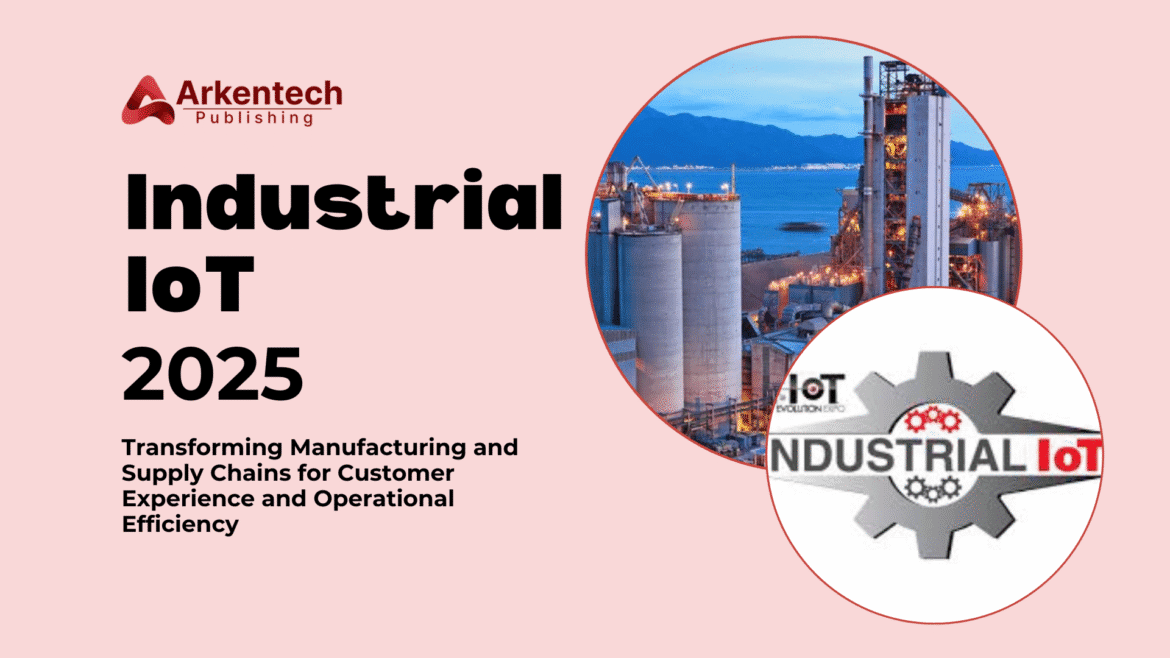Introduction
In the rapidly developing world of smart technologies, the industrial IoT 2025 stands as a gaming exchanger. The merger of industrial operations with IoT (Internet of Things) is propagating production and propagates the supply chains with unmatched and intelligence. When companies try to increase the customer experience and operating efficiency, IIOT appears as a powerful possibility.
What is Industrial IoT (IIOT)?
Industrial IoT refers to the use of sensors, equipment and analyzes linked in industrial environment such as structural facilities and logistics networks. Unlike the consumer IoT, who focuses on individual function, IIOT aims at efficiency, safety and productivity on a large scale.
It integrates machine learning, big data and automation to allow machines and systems to communicate, monitor and function in real time. This connection leads to intelligent, faster and more informed decision -making in industrial activities.
Key Trends in Industrial IoT 2025
2025 IIOT sees many important developments in space:
- Edge Computing integration for real -time decision -making processes.
- AI-driven future maintenance to reduce shutdown.
- Digital twins to simulate and optimize operations.
- 5G connection for fast and more reliable data transfer.
- Tracking stability through real -time data on energy consumption and emissions.
These trends pave the way for smart production and intelligent supply chain networks.
The benefits of IIOT in production
IIOT offers a large scale value in the production sector:
- Real -time monitoring: Machines report real -time performance.
- Automation: Robots and systems originally communicate.
- Future staging Maintenance: Stop the collapse before it is.
- Resource adjustment: Reduce waste and maximize production.
- Quality control: Use the sensor to detect and eliminate defects.
By taking advantage of the industrial IoT 2025, the factories become smarter, safe and more efficient.
Increase the supply chain Efficiency
IIOT delivers series to leaders to make date -driven decisions:
- Real Time Track Inventory: Smart tags and sensors count.
- Optimize distribution roads: GPS and IoT data ensure time shipment in time.
- Reduce delay: Automatic alerts help reduce disruptions.
- Improve inventory management: IoT-enabled shelves and forklift streamline line formation.
These improve improvement costs and improve the performance of distribution and directly improve customers’ satisfaction.
Impact on customer experience
The customer’s expectations in 2025 are more than before. IIOT helps get and cross businesses:
- Secure delivery on time: IoT-operated logistics are faster and more accurate.
- Giving openness: Customers can track their orders in real time.
- Product product quality: Continuous monitoring ensures high quality products.
- Reducing shutdown: Low disruption means better service availability.
Smart production and IIOT-enhanced the supply of supply a comfortable and satisfactory experience for the end users.
Challenges and ideas
While the benefits are enough, organizations will also have to take up:
- Cyber security risk from connected devices.
- High implementation costs for IoT infrastructure.
- Data Privacy concerns about data collection in large -scale data.
- Resurrection of the workforce for the operation of new technologies.
With proper planning and investment, these challenges can be reduced.
Future Outlook of IIoT
The industrial IoT 2025 and beyond the future is exciting. Progress in AI, 5G and machine learning will further increase the possibilities of the IIOT ecosystem. Now investment activities will be outside the curve, will provide extraordinary value to customers and maintain competitive operating results.
Over the coming years, we can expect intensive integration with blockchain to share safe data, more use of autonomous systems and IIOT collaboration across the industry. When digital changes accelerate, IIOT will be the backbone of innovation, which must run the smart ecosystem that prefers production and logistics, scalability and stability.
Conclusion
Industrial IoT 2025 changes the operation of the production and supply chain. From reducing shutdown to increasing the speed of delivery, IIOT solutions strengthen businesses to offer better products and services efficiently. When organizations embrace smart production and data -driven logistics, customer experience and operational efficiency will be new goals for success.

